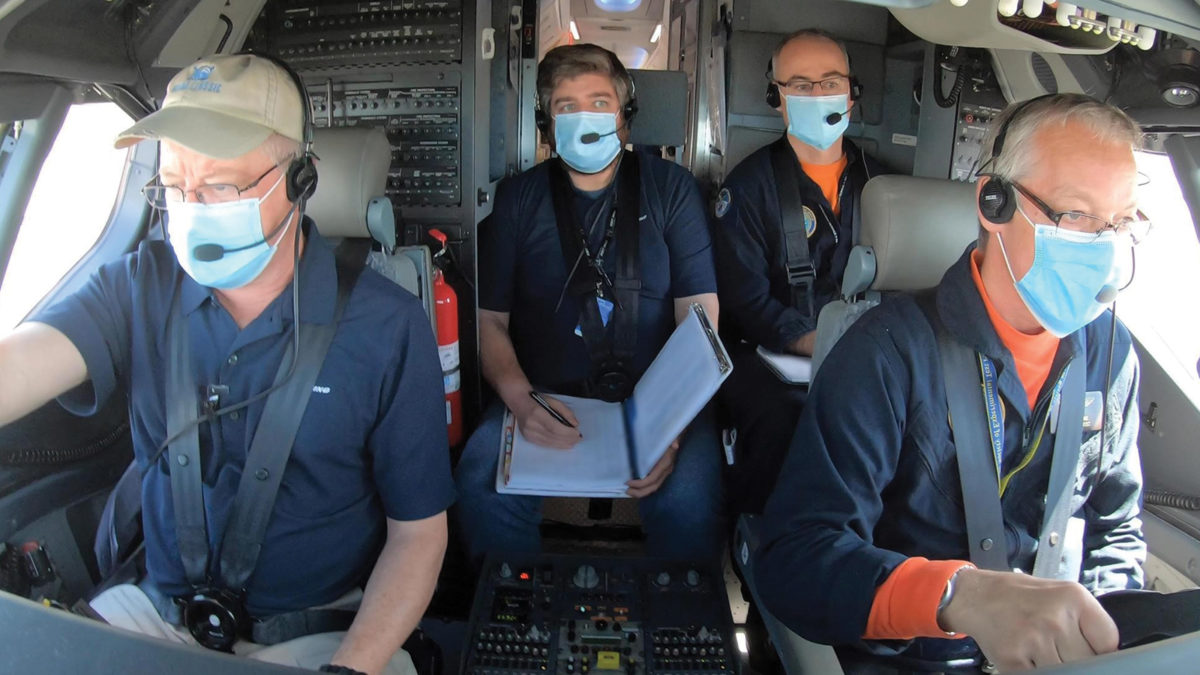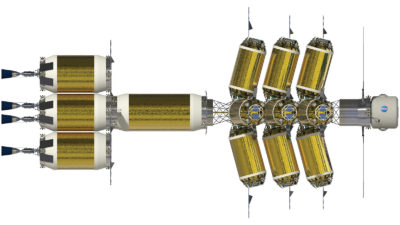Flight test players persevere through challenges
By Karl Garman and Andy Freeborn|December 2020
The Flight Testing Technical Committee focuses on testing of aircraft, spacecraft, missiles or other vehicles in their natural environments.
Flight testing activity generally slowed in 2020. The covid-19 pandemic forced many aerospace workers to work from home, and economic factors affected the demand for aerospace products and services.
In May, SpaceX and NASA launched a Crew Dragon capsule in its first crewed orbital flight test, the Demo-2 mission. The flight also was the first time that humans launched atop a Falcon 9 rocket. Crew Dragon became the first commercial crewed spacecraft to dock with the International Space Station, before returning to Earth in August, and paved the way for the November launch of four astronauts for the Crew-1 mission. With the May launch, Crew Dragon became the first new crewed American-produced orbital spacecraft since the space shuttle’s first flight in 1981.
Throughout 2020, Boeing prepared for a second uncrewed flight test of its CST-100 Starliner spacecraft. NASA accepted a Boeing recommendation to fly a second uncrewed test flight after software issues prevented the first flight’s rendezvous and docking with the ISS in December 2019.
In April, the Virgin Orbit satellite launching aircraft completed its final flight test prior to conducting a space launch test. The captive carry system pairs a modified Boeing 747 carrier with a two-stage LauncherOne rocket. In May’s first launch demonstration, the LauncherOne separated cleanly from the carrier plane, but the flight was terminated before the payload reached space because a propellant line broke.
In January, Boeing completed the first test flight of its new 777X aircraft. Notable features include a longer composite wing and folding wingtips. The company anticipates the variant will increase fuel efficiency and decrease operating costs compared with earlier 777 models. Boeing and FAA testers also completed 737 MAX recertification flight tests in July, and Canadian regulators started their tests in August. The flights provided data for the FAA’s November airworthiness directive describing the changes required for resuming MAX services.
In April, Airbus reported achieving the first fully automatic air refueling contact using a boom system on its A330 Multi Role Tanker Transport platform with a Portuguese Air Force F-16 receiver aircraft. The test campaign focused on improving the system capabilities in preparation for a follow-on certification phase expected in 2021.
In July, Dynetics completed the second test flight of the X-61A vehicle as part of DARPA’s Gremlins program in Utah. The program is designed to deploy drones from military aircraft through a towed docking system while out of an adversary’s range, followed by airborne retrieval for refurbishment and reuse of the drones.
Rotary wing flight test programs posted achievements in 2020. In January, Bell-Textron’s V-280 Valor tilt-rotor aircraft had a test flight operating in a highly autonomous mode. In October, a Sikorsky-Boeing team reported expanding the SB-1 Defiant’s performance envelope to a speed of 211 knots.
Academic institutions contributed toward flight test-related research and teaching. Throughout 2020, University of Kansas researchers worked on artificial intelligence control systems. The new AI-based methods adapt to dissimilar platforms and scenarios with the goal of developing control systems that “learn” to fly different aircraft, much like a human pilot. Programs like this continue the trend of using drones as low-cost flight test platforms.
Contributors: Derek Spear, Starr Ginn, Shawn Keshmiri and Andrew Knoedler



































